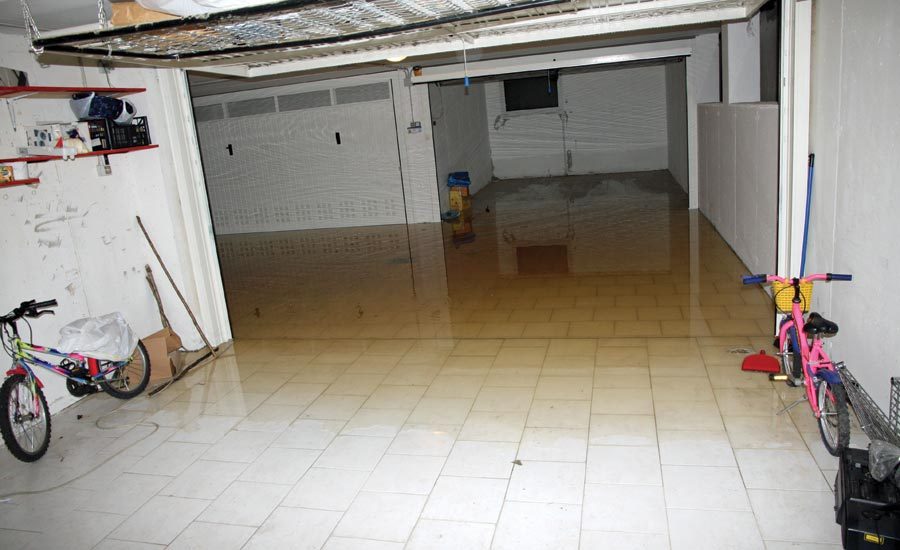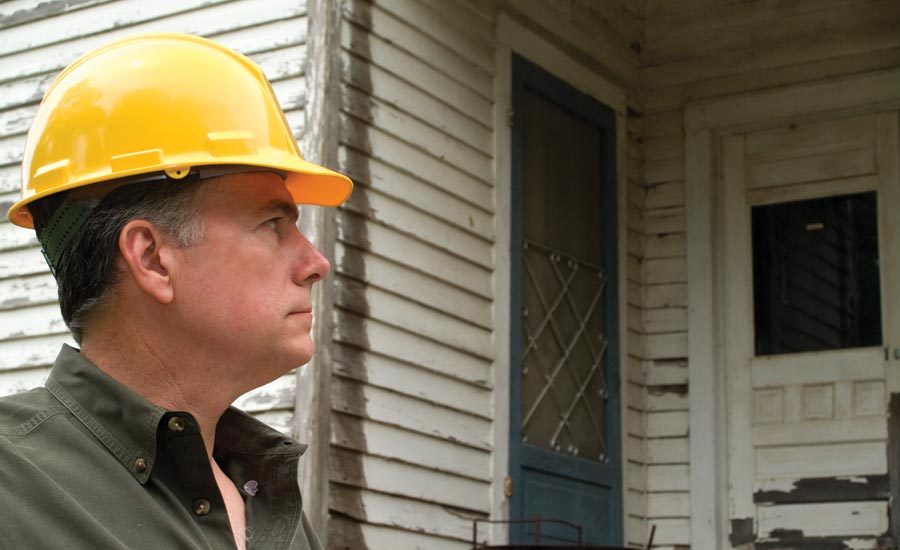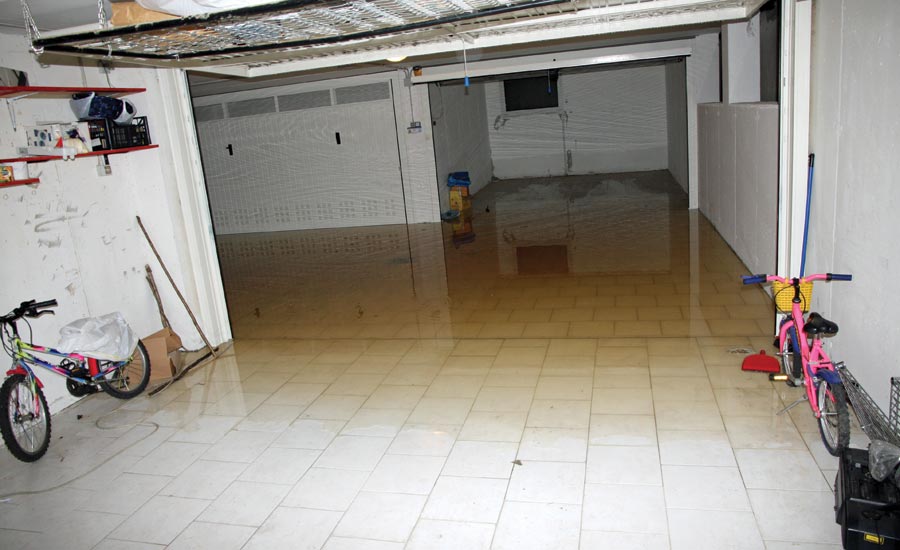Establishing Efficiencies
3 Things Estimators Can Do to Improve Consistency in Their Restoration Estimates






Estimating is an art. It is not an exact science. These were two of the first truths I learned about estimating over thirty years ago. They still hold true today.
Although it is a fact most estimators and insurance adjusters no longer hand write labor and material take-offs, the computerized estimates they produce must still tell the story of the loss. Like any good Hollywood screenwriter, a restoration contractor must follow specific rules of structure when writing professional repair estimates. An estimate without such structure is doomed to failure and leaves its audience confused and wanting to know where their money went!
Keeping with the screenplay analogy, Hollywood employs people called “readers.” These folks read, or “cover” thousands of submitted screenplays each year hoping to find a handful good enough for a studio to risk millions of dollars on its production into a feature film. Hollywood readers can tell in the first few pages of a screenplay if the story is good and whether or not the screenwriter knows his or her craft.
Similarly, insurance company claims examiners and file reviewers spend their time pouring over estimates submitted by restorers and, based on their merit, issue checks for the work to be done. They, too, can separate the blockbuster estimate from the box office disaster.
After having written and examined countless thousands of both good and bad restoration estimates, I’ve come up with some basic rules for consistent structure when preparing what I like to call “bulletproof” estimates?
Consistent Estimates Should be Uniform
First and foremost a good estimate should be uniform. By this I mean it should take the reader step-by-step through the repair process as if they were at the loss location themselves.
Nothing rolls the eyes of a trained company file examiner more than having to review an estimate where the estimator failed to list repair line items in the same order in every room of the estimate. If the examiner has to search for an item, for example base moulding, in an estimate and in one room it is listed in the beginning of a room’s repair listing and then last in the next room’s scope, it tells the reviewer the estimator doesn’t know their craft (remember, estimating is an art!).
When scoping the loss, list repairs in a consistent, uniform order in every room or area of the estimate. Early in my career I estimated mostly water-related claims so I learned to do my take-offs from the ground up. I still scope my claims this way today. Other estimators or adjusters may scope their losses from the top down or from the inside out. These methods are completely acceptable as long as the repairs for each room are listed in the same uniform order.
In larger or catastrophic losses where structural and/or specialty construction items such as framing, HVAC and electrical supply systems are involved, these items should be placed either before or after the room-by-room sections of the estimate. This allows the “reader” or claims examiner to better focus on these usually high-dollar specialty repair items.
In my experience, generating restoration estimates which are uniform in structure makes the claims examiner’s job easier and are more likely to be approved sooner than later.
Consistent Estimates Should Tell the Whole Story
Good estimates don’t simply list areas and repairs. Although this might be true for smaller estimates involving a limited number of areas, it is not for estimates involving larger scopes of damage.
Larger estimates have more “story” to them and it must be told to the claims examiner outside the basic structure of the room and repair listing. This can be accomplished by the estimate in a couple of different ways.
The first is with estimate notes or comment lines. These are statements of fact which are usually added to specific repair line items or rooms where the estimator wants to better explain (to the reader) a repair issue specific to the estimate at hand. Estimate notes, if carefully penned, enable the claims examiner to see, at-a-glance, what the restorer intends to do in that area of the estimate. This saves the examiner from having to search the estimate for general notes somewhere else in the estimate or a narrative report submitted in addition to the estimate.
A second way to better enhance the story of the estimate is to photograph it. Today’s file examiner is probably younger and more visual than claims reviewers of past decades. If part of the estimate can be told better in a photo, add it to the estimate (if your software allows for such additions) or refer to it, by number, so the examiner can go right to it rather than have to page through all your photos to find the one referenced in the estimate.
In today’s software-driven estimating, estimators and adjusters no longer have to write long narratives to support or justify their estimates. By using notes, comments and photos, a good estimator can tell the story of the estimate to the reader or examiner without them ever having to leave the estimate pages.
Estimators who do these types of notated and visual enhancements to their estimates on a consistent basis will be respected by the file examiners and reviewers to which they report. It is these estimators whose estimates will ultimately sail through the audit process and be approved for payment.
Consistent Estimates are a Result of Knowing the Tool Used to Create Them
Let’s face it - estimating software is a fact of life for today’s restoration professional or adjuster. Whatever your estimating platform of choice, know your software. Learn how to use all of its many features, idiosyncrasies and sometimes “workarounds”.
All of the major software providers enable estimators to prepare estimates in a fraction of the time it used to take to generate a detailed, line item scope of repair.
Features like copy, clone, macros, import, etc., when used properly can assist even the most novice estimator in creating consistent estimates. But with this power comes great responsibility to get it right. Estimators, both new and experienced, should always review their estimates before they press the send button to the claims examiner.
For example, if an estimator uses a repair macro built for a bathroom in a bedroom and forgets to take out the sink, it tells me the estimator didn’t check his or her work before sending it out. This reflects badly on the estimator and shows lack of respect for the claims examiner and the audit process. It also slows down the repair and payment workflow.
In addition to knowing the basic and advanced features of the estimating software, consistent estimating is a result of the estimator knowing the repair item database.
Not all cost databases and pricing tables are created equally. Just because a repair line item may read “Paint Walls, Two Coats” in one software database doesn’t necessarily mean it is the same for another estimating platform. If you are an estimator who is required to use multiple estimating platforms for different insurance carriers, make it a priority to understand what is included (or not included) in the line item descriptions in your estimates.
Again, most of the major providers of estimating software include either detailed descriptions or photos or both of the repair operations listed in their extensive line item databases. For more consistent estimating, take the time to learn these descriptions and understand their similarities and differences.
Company claims examiners have been trained on these descriptions and are continuously scrutinizing estimates for both under and over scoping. The more consistent the estimator is with his or her choices of database line items (as a direct result of knowing the software’s database) the less chance of making a scoping error requiring a revision request from the file reviewer.
Consistency, Consistency, Consistency
Well there you have it! Thirty years of writing and reviewing estimates in three easy suggestions.
Creating estimates is an art. Learn your craft, know your craft, and use your craft to the best of your ability. A consistent, well-constructed estimate is like a tightly written, three act screenplay. Its story and content will jump off the pages (or more likely computer screen) in the eyes of any file examiner who reads it and you will be a box office superstar to the policyholders you help rebuild their lives.
Looking for a reprint of this article?
From high-res PDFs to custom plaques, order your copy today!










